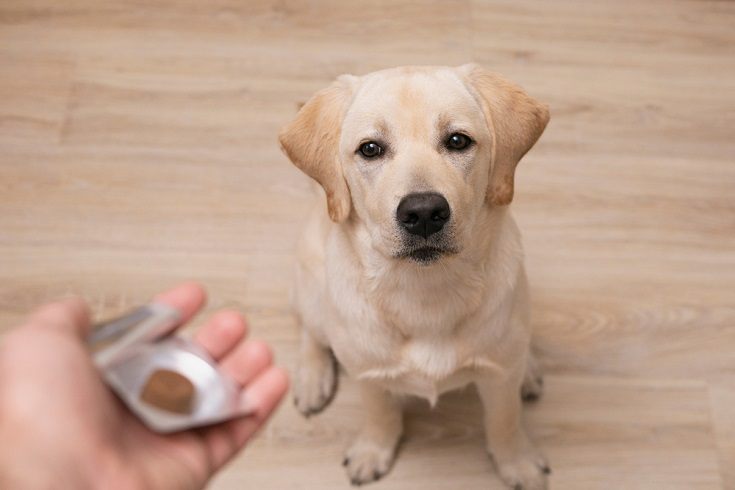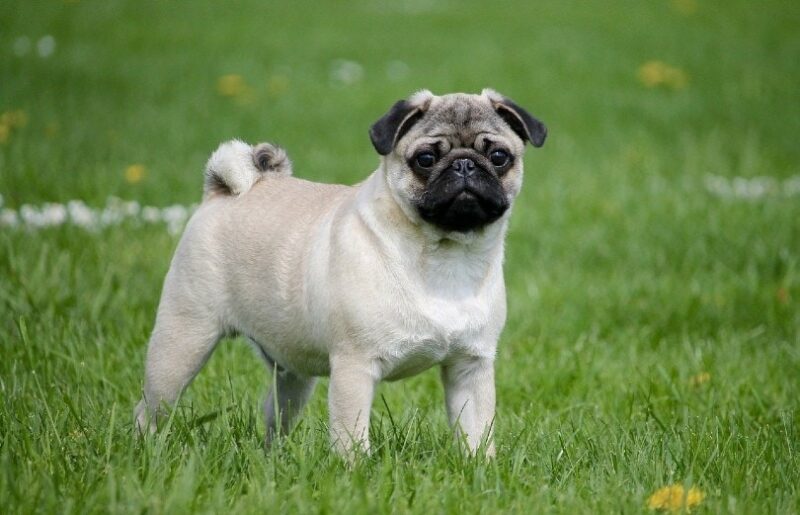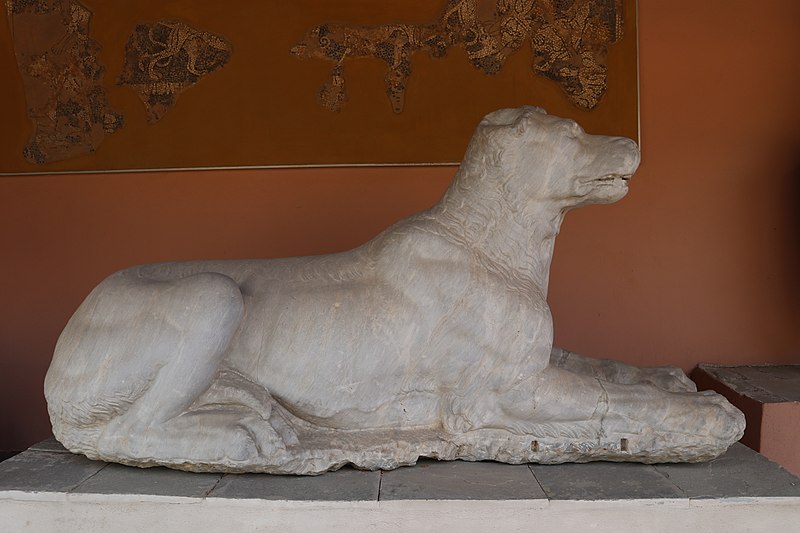6 Jack Russell Terrier Colors (With Pictures)
Updated on
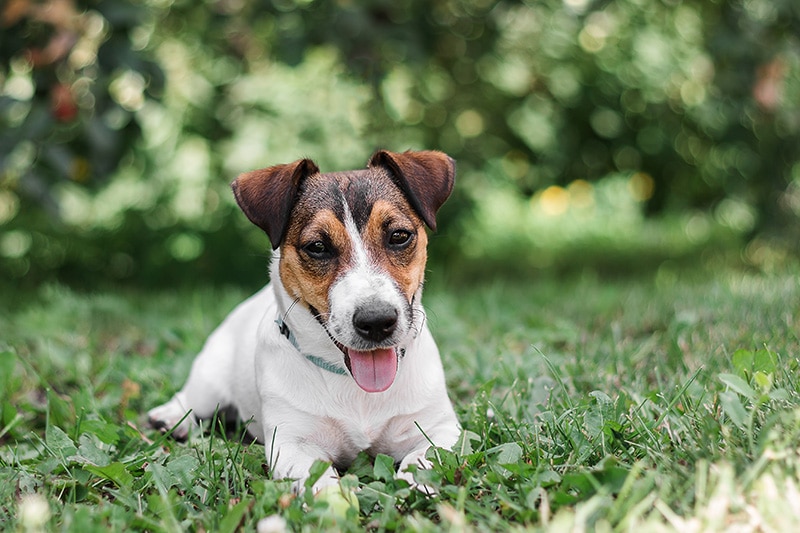
Click to Skip Ahead
The Jack Russell Terrier is a popular breed among pet owners, animal lovers, and movie-goers alike. Thanks to being featured in films like The Mask, The Secret Life of Pets, and My Dog Skip, this impressive dog breed has become an icon. In fact, Jack Russell Terriers are the 14th most popular dog breed in the United States1.
Did you know that Jack Russell Terriers come in various colors and coat patterns? The variations aren’t dramatic, but they are distinguishable from one another. Here is what you should know!
The 6 Jack Russell Terrier Colors
1. Pure White
All white Jack Russell Terriers are rare, as most feature markings and at least one other color. Like all pure white dogs, white Jack Russell Terriers are susceptible to congenital deafness. It’s believed that congenital deafness develops due to the lack of pigmentation in a dog’s coat. This type of deafness typically develops in the weeks after birth. Not all white dogs are deaf, so don’t rule them out! If you find and fall in love with a white Jack Russell Terrier, you can have a veterinarian give them a BAER test to determine whether hearing loss will be a problem.
2. Black and White
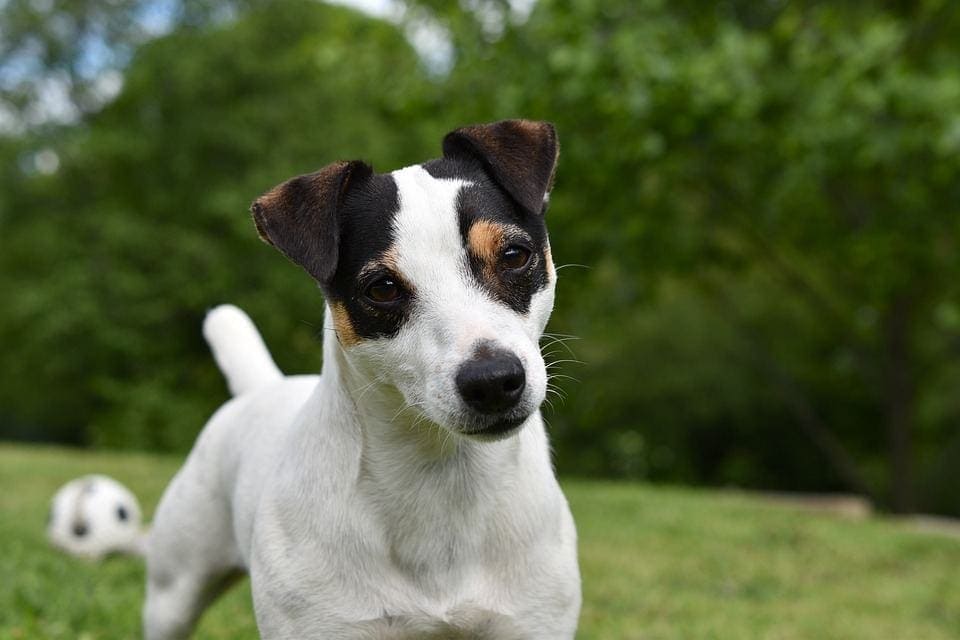
Black and white Jack Russell Terriers have brown spots on their bodies that are covered with patches of white hair, making the spots look black to the naked eye. Sometimes, the lighter brown color can be seen as highlights in the sun, but the marks look completely black for the most part.
3. Brown and White

While mainly white, this color variation features brown patches, usually on the head, back, and butt. Brown and white Jack Russell Terriers are more common than pure white and black and white coated dogs of this breed.
4. Tan and White
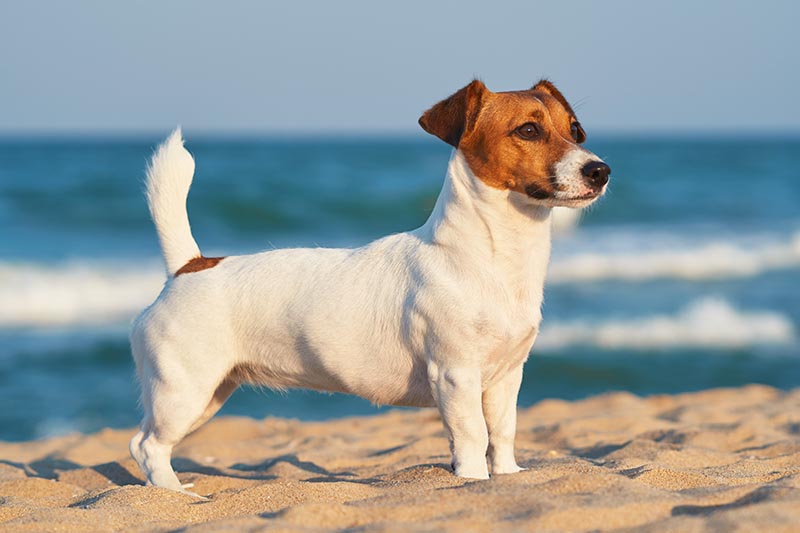
Thought to be the most common coat colors for the Jack Russell Terrier are tan and white. The brown spots and patches usually appear on a dog’s cheeks, ears, and eyebrows. Some dogs have brown markings on the back and tail.
5. Cream and White

These Jack Russell Terriers look a lot like their brown and tan counterparts, but their patches are simply lighter in color. They may have markings anywhere on their body, but the head, back, and tail are most common, like with any colored Jack Russell Terrier.
6. Tricolor
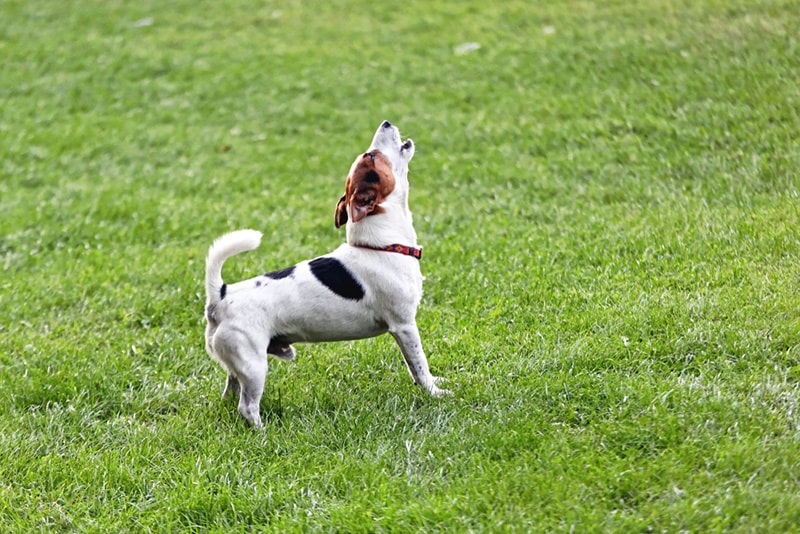
The tricolor Jack Russell Terrier has a white body and markings that can be a combination of black, brown, and/or tan. The number of markings and the colors that those markings end up being depends on the genes that are inherited from each parent.
Jack Russell Terrier Coat Types
The Jack Russell Terrier can have one of three distinct coat types: smooth, broken, or rough. Let’s break each one down so we understand the specific differences:
- The Smooth Jack Russell Terrier Coat: The smooth coat on a Jack Russell Terrier is short and lies in one direction, giving it a clean and sleek look. Smooth coats are generally the easiest to care for out of the three coat types, although they do require regular brushing to keep shedding down.
- The Rough Jack Russell Terrier Coat: This coat type is typically longer than the smooth coat. The hair is straight and wiry and grows in different directions, so it doesn’t look nearly as “smooth” and presents itself as textured instead. The coat can be up to two inches long.
- The Broken Jack Russell Terrier Coat: This type of coat is a mixture of smooth and rough coats. The coat is made up of long patches of rough hair and short patches of smooth hair mixed within. This coat type is less common than the smooth and rough coat types. Therefore, it gives the Jack Russell Terrier a unique look.

Jack Russell Terrier Coat Markings
There are several different types of markings that a Jack Russell Terrier might display depending on their genes. Some Jack Russell Terriers develop their markings as they grow into adulthood, so it can be tough to determine exactly what markings a puppy will have. Here are the different coat markings a Jack Russell Terrier may display:
- A Single Patch Over the Eye: The patch can be tan, brown, or black and vary in shape and size from dog to dog.
- A Patch Over One Ear: Like a patch on the eye, this coat marking is simple and consists of a colored spot of any shape on one ear.
- A Mask: A Jack Russel Terrier with mask marking has a fully colored head while the rest of their body is white.
- A Mask With a Streak: This is when the Jack Russell Terrier’s head is fully colored, but a white streak runs over the forehead and along the center.
- Saddle Markings: A Jack Russell with various markings on their back and side looks like they have a saddle on, hence why they’re considered to have saddle coat markings.
- The Tail Mark: This is when part of a dog’s tail (and sometimes part of their hindquarters) is marked with tan, brown, and/or black patches.
Conclusion
Jack Russell Terriers can come in a few different colors and have a few different varieties of coat markings. They can also have one of three interesting coat types! Their personalities are just as varied. So, it’s always a good idea to meet with multiple pups before deciding which to bring home as a beloved household pet.
Featured Image Credit: Teksa, Shutterstock



